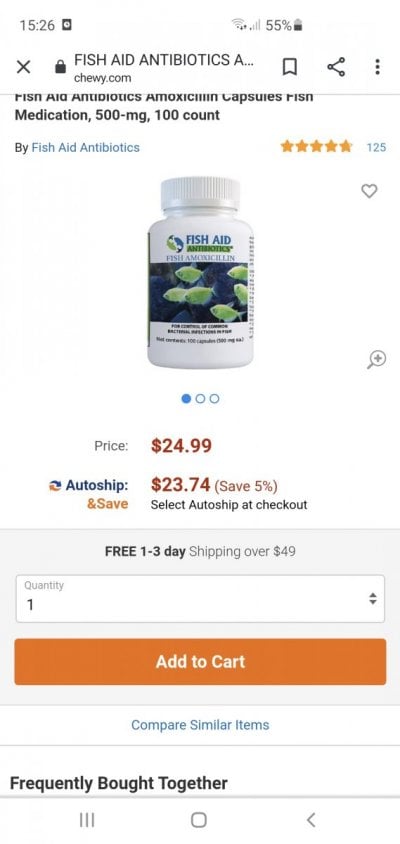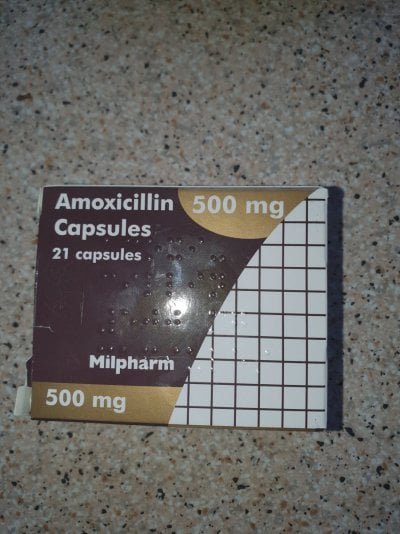vetteguy53081
Well known Member and monster tank lover
View Badges
Partner Member 2024
Excellence Award
Reef Tank 365
RGB
Article Contributor
Tampa Bay Reef Keepers
West Palm Beach Reefer
Hospitality Award
Ocala Reef Club Member
305 Reef Club
Wisco Reefers
Midwest Reefer
Fish Medic
MAC of SW Florida
Rock Pool Reef Keepers
R2R Secret Santa 2023
My Tank Thread
My Aquarium Showcase
I think its vibrant. For starters, If you have leather corals, this may be part of the issue. Many leather coral species produce and release toxic chemicals, called terpenes, into the water to protect themselves and to stunt the growth of other species. One of the biggest problems I have seen beginner hobbyists have is failing to account for the calcium demand for these corals. If there is insufficient calcium in your aquarium water, these corals will not be able to make their coral skeleton. You should also never lift a torch coral out of the water if you can avoid it. You could tear the polyps, and torn polyps are prone to infection followed by necrosis
Torch require typical parameters including a temperature around 78 degrees, a specific gravity of about 1.025, ph of about 8.2, and a calcium level of about 400 ppm. Like most large polyp stony corals, a torch coral benefits from moderate water flow. The polyps will remain retracted and under-inflated if the water current is too fast because the large flowing polyps are prone to rip and tear in high or ultra-high current environments.
The torch coral is a photosynthetic coral, meaning it has a relationship with symbiotic zooxanthellae (single-cell photosynthetic organisms) that live inside its tissues that converts the light energy into sugar. In exchange for a home inside the coral, the zooxanthellae split their harvest and feed the coral. Therefore, it is possible to keep the Torch coral without any feeding at all. However, all corals are animals, and animals are meant to eat.
The best placement for a torch coral is in a location that gets moderate water flow and moderate-intensity lighting. Torches are aggressive corals that protect themselves by wielding their sweeper tentacles maliciously. Sweeper tentacles are specialized tentacles that extend much larger than the typical tentacles and are equipped with stinging cells. Torches will send out these long tendrils to zap anything nearby within reach.
Torch require typical parameters including a temperature around 78 degrees, a specific gravity of about 1.025, ph of about 8.2, and a calcium level of about 400 ppm. Like most large polyp stony corals, a torch coral benefits from moderate water flow. The polyps will remain retracted and under-inflated if the water current is too fast because the large flowing polyps are prone to rip and tear in high or ultra-high current environments.
The torch coral is a photosynthetic coral, meaning it has a relationship with symbiotic zooxanthellae (single-cell photosynthetic organisms) that live inside its tissues that converts the light energy into sugar. In exchange for a home inside the coral, the zooxanthellae split their harvest and feed the coral. Therefore, it is possible to keep the Torch coral without any feeding at all. However, all corals are animals, and animals are meant to eat.
The best placement for a torch coral is in a location that gets moderate water flow and moderate-intensity lighting. Torches are aggressive corals that protect themselves by wielding their sweeper tentacles maliciously. Sweeper tentacles are specialized tentacles that extend much larger than the typical tentacles and are equipped with stinging cells. Torches will send out these long tendrils to zap anything nearby within reach.


























